Social Media Marketing Definition [Key Metrics]
In the ever-evolving world of digital marketing, understanding the nuances can be a game-changer. And when it comes to social media marketing, the landscape is vast and dynamic. But what exactly does “social media marketing” mean in 2023? Let’s dive deep into the social media marketing definition and its significance.
Now, if you’ve been around the digital block, you’ve likely heard terms thrown around – metrics, KPIs, engagement rates, and so on. But understanding their meaning and relevance is where the real magic happens. With platforms evolving and algorithms changing, the metrics you should be focusing on in 2023 might be different from what you’ve known. And that’s what we’re here to uncover.
In this digital age, where every brand is vying for attention, the essence of social media marketing isn’t just about being present online. It’s about meaningful engagement, understanding metrics, and leveraging insights to refine strategies. As businesses in places like Maryland adapt to these digital shifts, services like Maryland social media marketing services become invaluable. They offer expertise in navigating the intricate maze of social media marketing metrics, ensuring that companies don’t just participate online but thrive. So, if you’re looking for top-notch insights and strategies, you’re in the right place. Let’s embark on this enlightening journey together.
What Is Social Media Marketing Definition?

Social media marketing isn’t just about posting content and hoping for the best. It’s a strategic approach to reaching your audience, engaging them, and driving tangible results through the use of digital marketing tools list. But how do you measure success? Enter: Key Metrics. These are the indicators that tell you if your efforts are paying off or if it’s time to pivot.
In 2023, the definition of success in social media marketing has shifted. It’s no longer just about likes or shares. It’s about meaningful interactions, brand loyalty, and conversions. But what are these metrics? And more importantly, how do you leverage them for maximum impact? Let’s delve into the social media marketing meaning and the metrics that matter most this year.
What Are the 3 C's of Social Media Marketing?
Ah, the 3 C’s. They sound mysterious, don’t they? But in the realm of social media marketing, they’re foundational pillars that can elevate your strategy from good to exceptional. Let’s unravel this mystery and understand how these three elements can supercharge your digital marketing game in 2023.
Content

The heart and soul of your social media presence. It’s not just about churning out posts; it’s about delivering value. Whether it’s an insightful blog post, an engaging video, or a captivating infographic, your content should resonate with your audience, answer their questions, and position you as a thought leader.
Community

Social media isn’t a one-way street. It’s a bustling marketplace of ideas, conversations, and relationships. Building a community means fostering genuine connections, engaging in meaningful conversations, and creating a space where your audience feels heard and valued.
Commerce
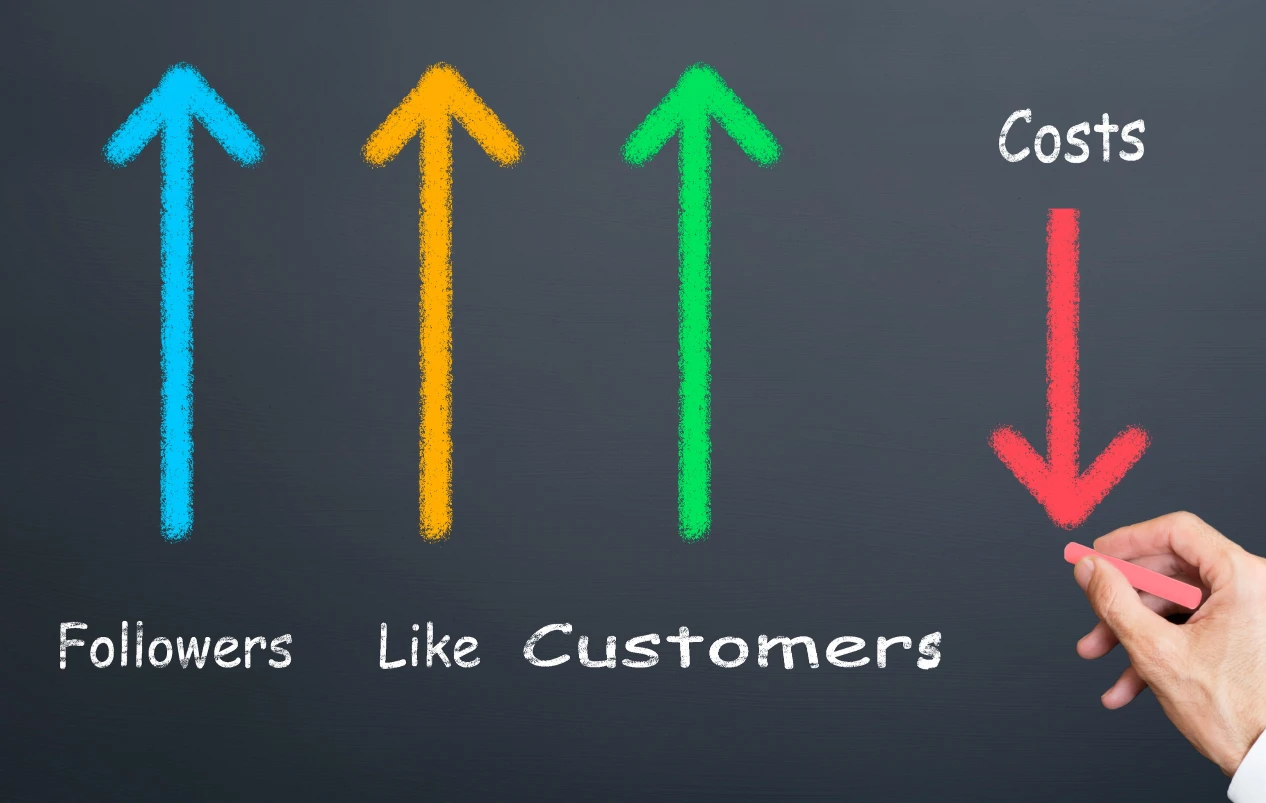
At the end of the day, conversions matter. Whether you’re driving traffic to your website, generating leads, or boosting sales, your social media efforts should align with your business goals. It’s about turning those likes, shares, and comments into tangible results.
20 Most important metric in social media marketing
Metrics, metrics, and more metrics! In the digital age, data is king. But with a plethora of metrics at your fingertips, which ones truly matter? Let’s break down the 20 most crucial metrics in social media marketing that can give you a clear picture of your performance and guide your strategy.
1. Reach
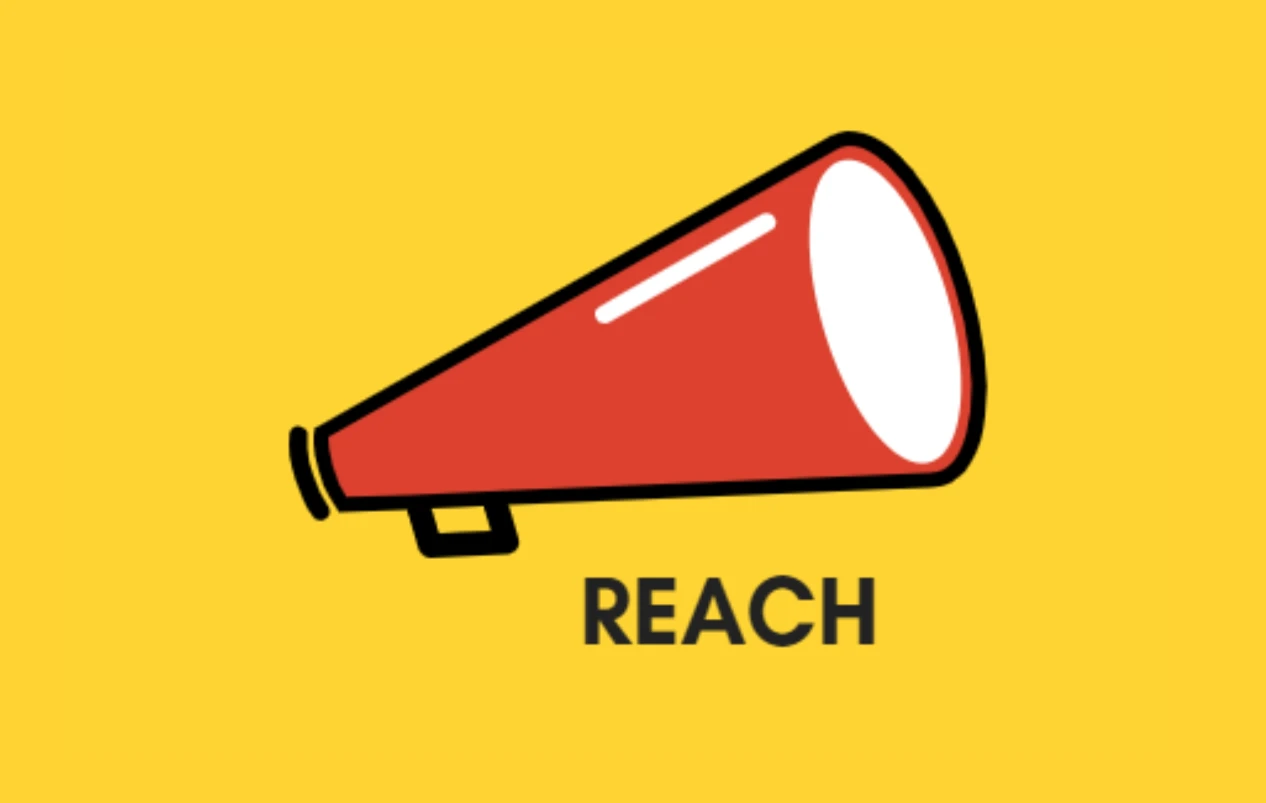
The number of people who saw your content. This is a good metric to measure the overall awareness of your brand or product. This is the number of people who have seen your content, regardless of whether they interacted with it. It’s a good metric to track the growth of your audience and to see how your content is performing overall.
Tools: Hootsuite and Socialbakers are renowned for providing detailed analytics on reach and impressions.
2. Impressions

The number of times your content was seen. This is a more granular metric than reach, as it can tell you how many times each person saw your content. This is the number of times your content was shown to people, regardless of whether they clicked on it or not. It’s a good metric to track the engagement with your content and to see how many people are seeing it.
Tools: Google Analytics offers insights into impressions, while SEMrush provides a breakdown of impression sources.
3. Unique Reach

The number of unique people who saw your content. This metric is helpful for tracking the growth of your audience. This is the number of people who saw your content at least once. It’s a good metric to track the growth of your audience and to see how many people are seeing your content.
Tools: Iconosquare specializes in tracking unique reach, especially on platforms like Instagram.
4. Engagement
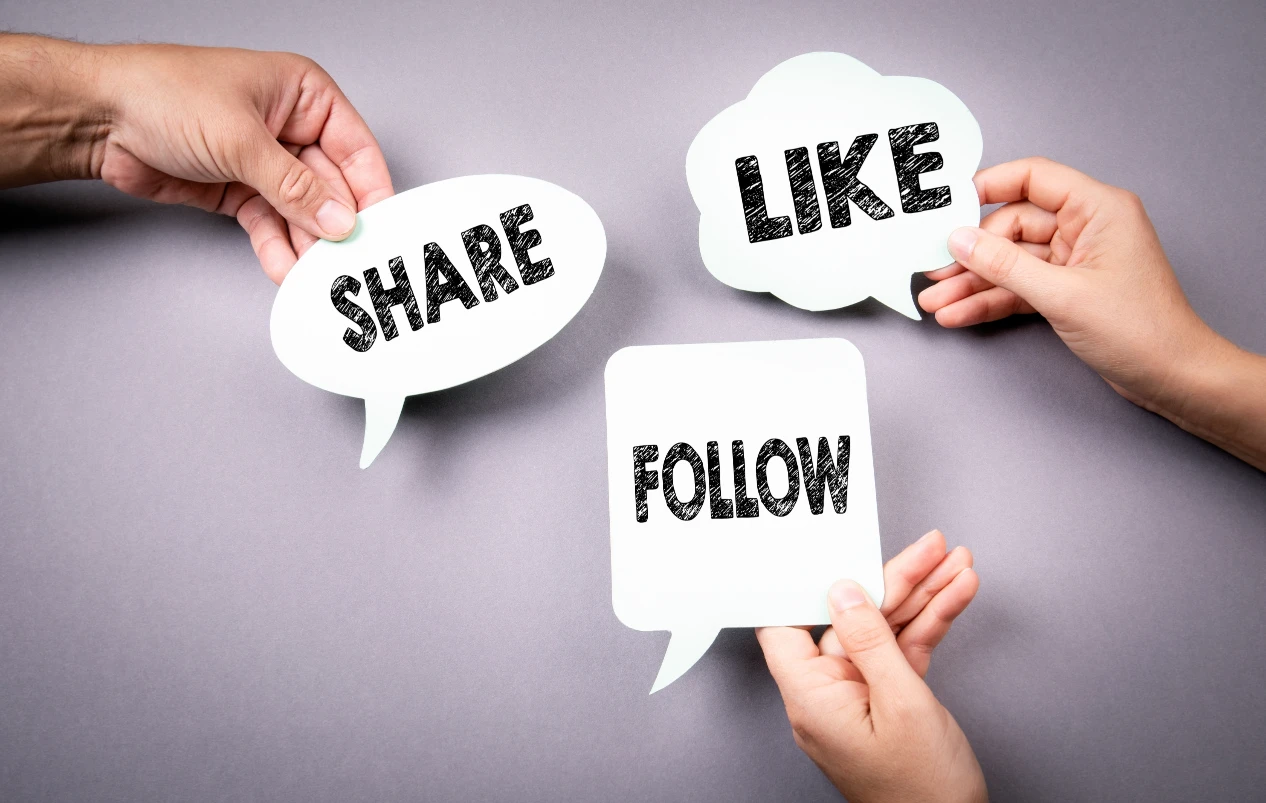
The number of people who interacted with your content, such as by liking, commenting, or sharing. This metric is a good measure of how people are responding to your content. This is the number of people who took some kind of action with your content, such as liking, commenting, or sharing it. It’s a good metric to track the engagement with your content and to see how people are reacting to it.
Tools: Buffer Analyze and Sprout Social are top tools for measuring overall engagement.
5. Likes

The number of times people liked your content. This is a common metric for measuring engagement, but it’s important to note that not all likes are created equal. A like can be a quick and easy way to show that someone enjoys your content, but it doesn’t necessarily mean that they’re engaged with it.
Tools: Platforms like Facebook Analytics provide detailed insights into likes and reactions.
6. Comments

The number of times people commented on your content. Comments are a more meaningful form of engagement than likes, as they show that people are taking the time to interact with your content. Comments can be a great way to get feedback on your content, to start a conversation with your audience, or to drive traffic to your website or landing page.
Tools: Disqus and Instagram Insights offer insights into comments and user interactions.
7. Shares
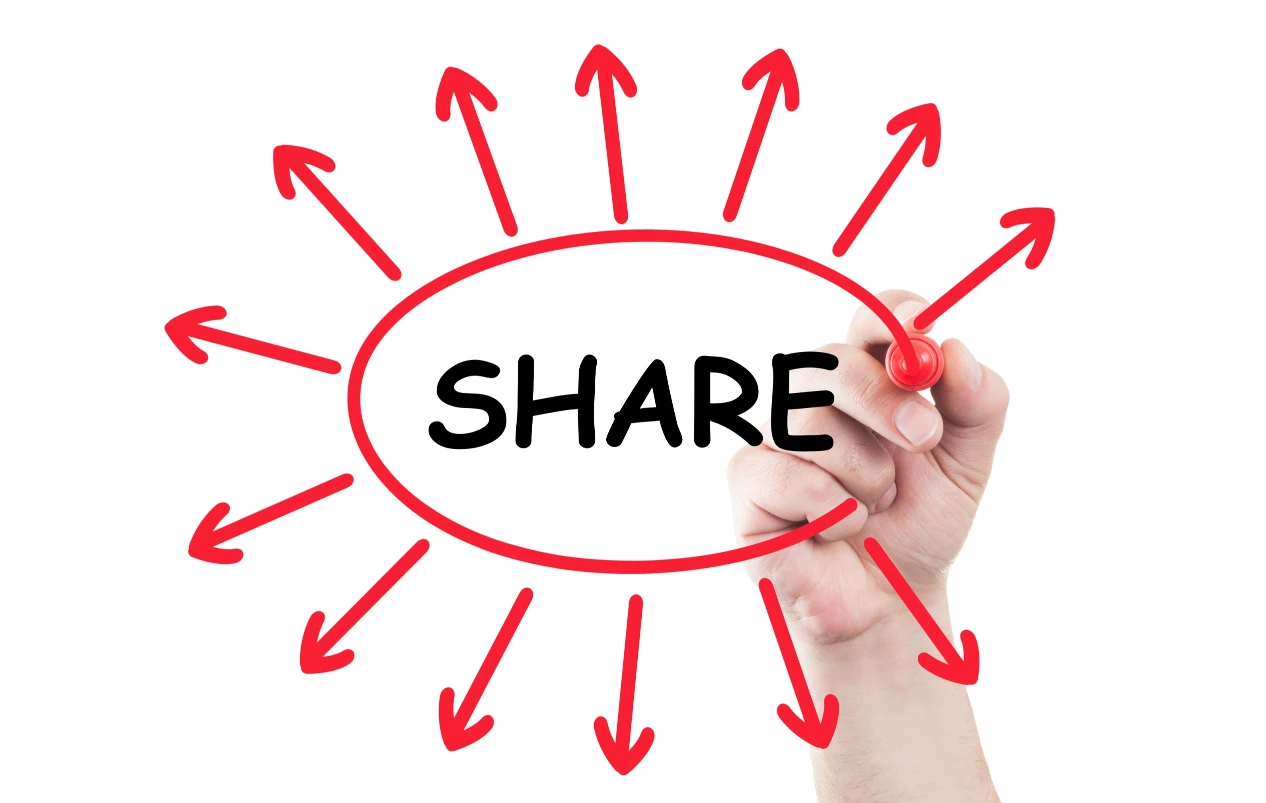
The number of times people shared your content. Shares are a good way to get your content seen by a wider audience. When someone shares your content, it’s like they’re giving your content a shout-out to their friends and followers. This can be a great way to get your content seen by more people and to drive traffic to your website or landing page.
Tools: BuzzSumo is a popular tool for tracking content shares across platforms.
8. Clicks

The number of times people clicked on a link in your content. Clicks are a good measure of how effective your content is at driving traffic to your website or landing page. When someone clicks on a link in your content, it means that they’re interested in learning more about what you have to offer.
Tools: Bitly and Google Analytics provide detailed click analytics.
9. Signups

The number of people who signed up for your email list or newsletter. Signups are a good metric for measuring the effectiveness of your content at generating leads. When someone signs up for your email list, it means that they’re interested in hearing more from you.
Tools: Mailchimp and ConvertKit are popular for tracking email signups.
10. Leads

The number of people who have expressed interest in your product or service. Leads are a good metric for measuring the effectiveness of your content at generating interest in your business. When someone submits a lead form, it means that they’re interested in learning more about your offerings.
Tools: HubSpot and Lead pages are renowned for lead generation and tracking.
11. Conversion Rate

The percentage of people who take a desired action, such as making a purchase or signing up for a free trial. Conversion rate is the ultimate metric for measuring the effectiveness of your marketing campaigns. This is the percentage of people who take the action that you want them to take, such as buying a product, signing up for a newsletter, or downloading a free ebook.
Tools: Google Analytics and Optimizely are widely used for tracking conversion rates.
12. Customer Satisfaction

The level of satisfaction that your customers have with your products or services. Customer satisfaction is an important metric for measuring the overall success of your business. It’s important to track customer satisfaction so that you can identify areas where you can improve your products or services.
Tools: SurveyMonkey and Typeform are popular for collecting customer feedback and gauging satisfaction.
13. Social Media Sentiment
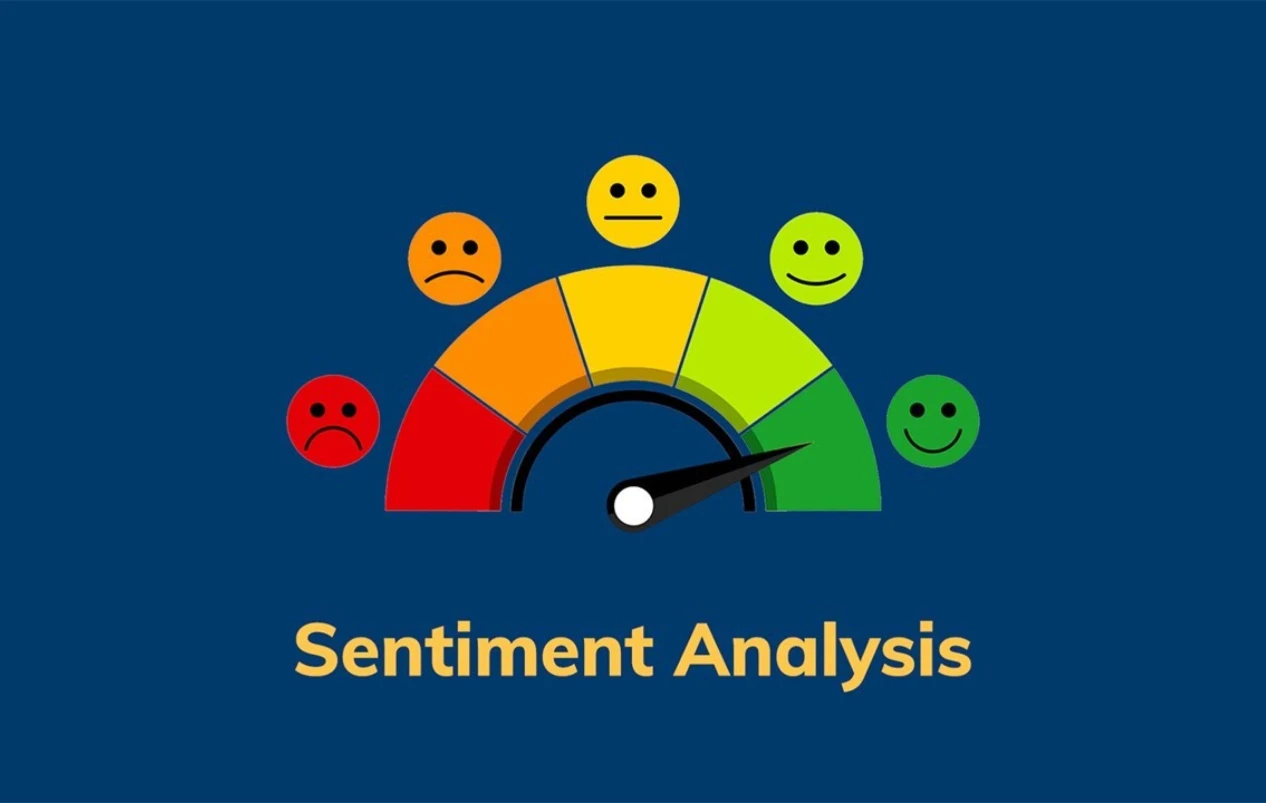
The overall sentiment of the conversations about your brand or product on social media. Social media sentiment can be positive, negative, or neutral. It’s important to track social media sentiment so that you can identify any negative feedback and address it quickly.
Tools: Brandwatch and Mention are top tools for tracking and analyzing social media sentiment.
14. Influencer Engagement

The number of people who engaged with content created by influencers who promote your brand or product. Influencer engagement can be a good measure of the reach and impact of your influencer marketing campaigns.
Tools: Upfluence and AspireIQ are renowned for influencer engagement tracking and analytics.
15. Amplification Rate
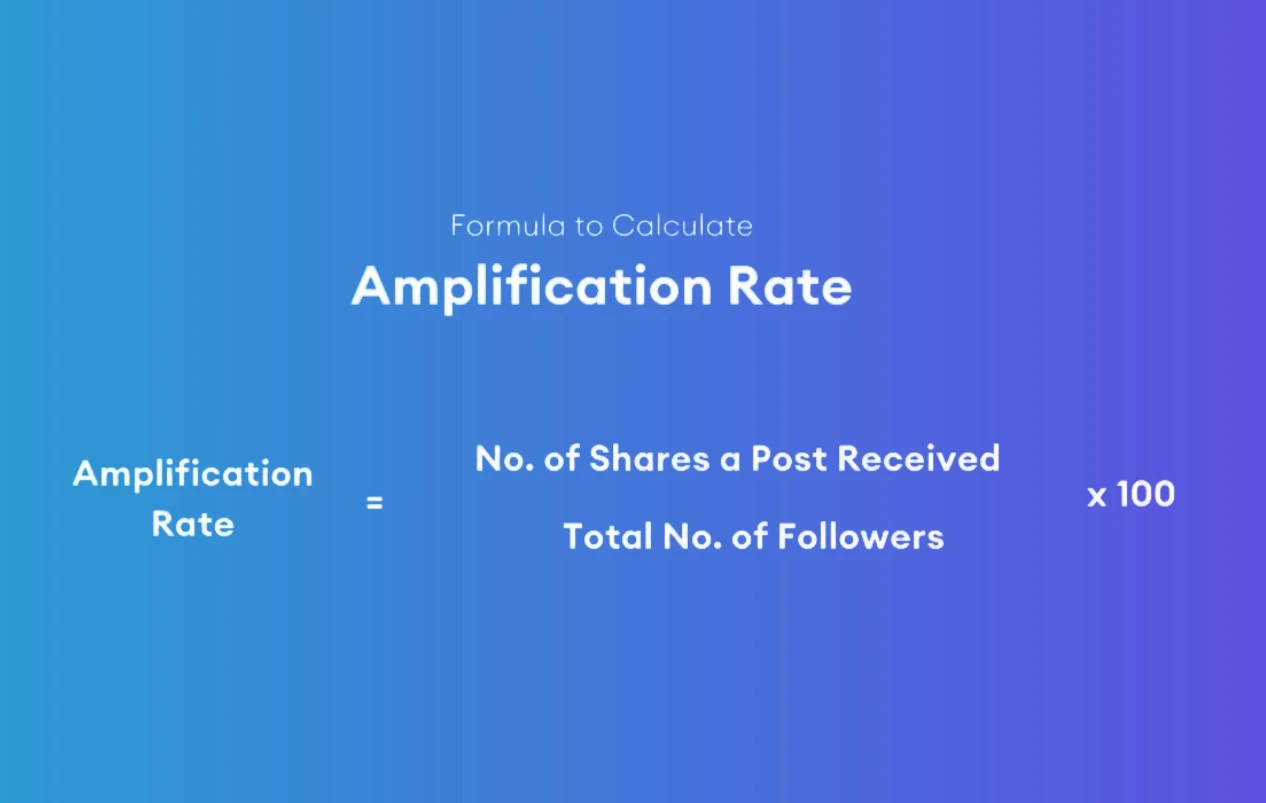
The percentage of people who shared content created by your brand or product. Amplification rate is a good measure of how well your content is resonating with your audience.
Tools: Rival IQ and Keyhole provide insights into amplification and share rates.
16. Cost per Acquisition (CPA)
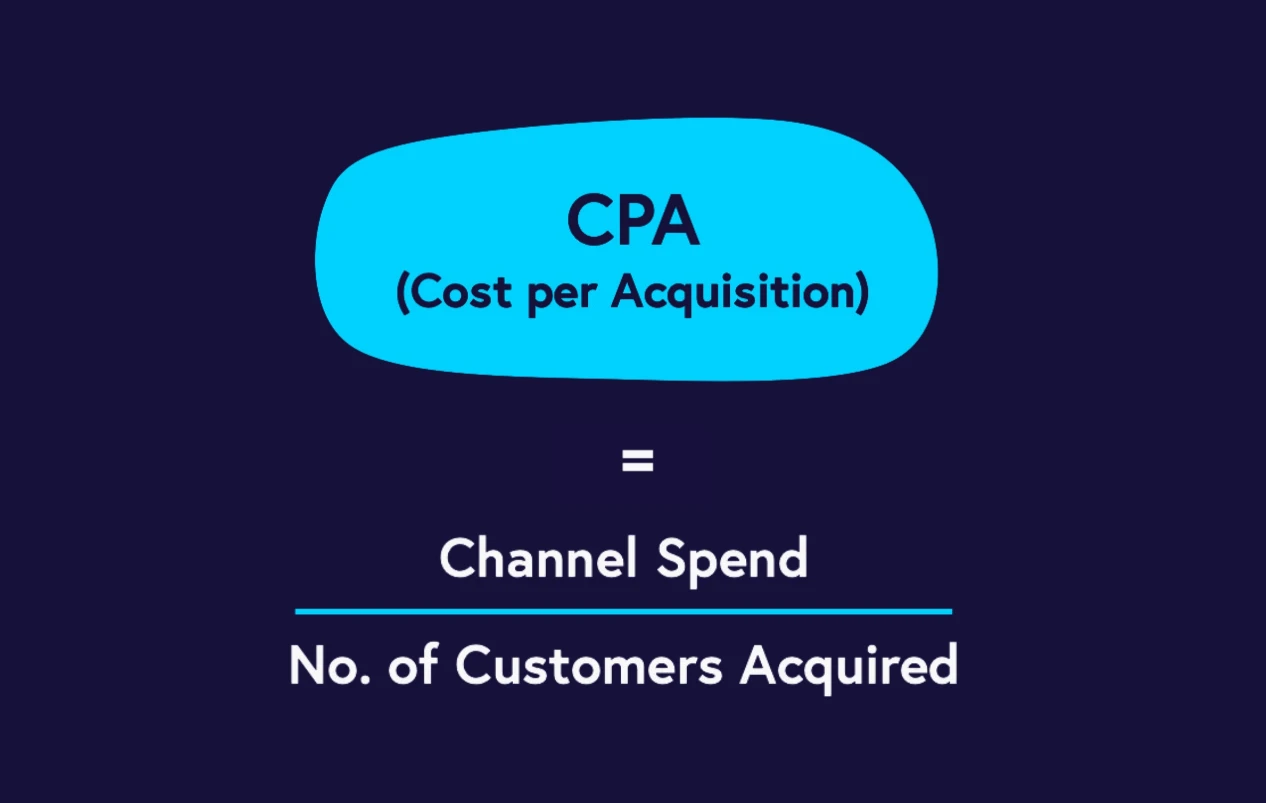
The amount of money that you spend to acquire a new customer. CPA is a good metric for measuring the efficiency of your marketing campaigns.
Tools: AdEspresso and Facebook Ad Manager are commonly used for tracking CPA, especially for ad campaigns.
17. Return on Investment (ROI)

The amount of money that you make from your marketing campaigns. ROI is the ultimate metric for measuring the success of your marketing campaigns.
Tools: Kissmetrics and Mixpanel offer detailed ROI analytics.
18. Net Promoter Score (NPS)
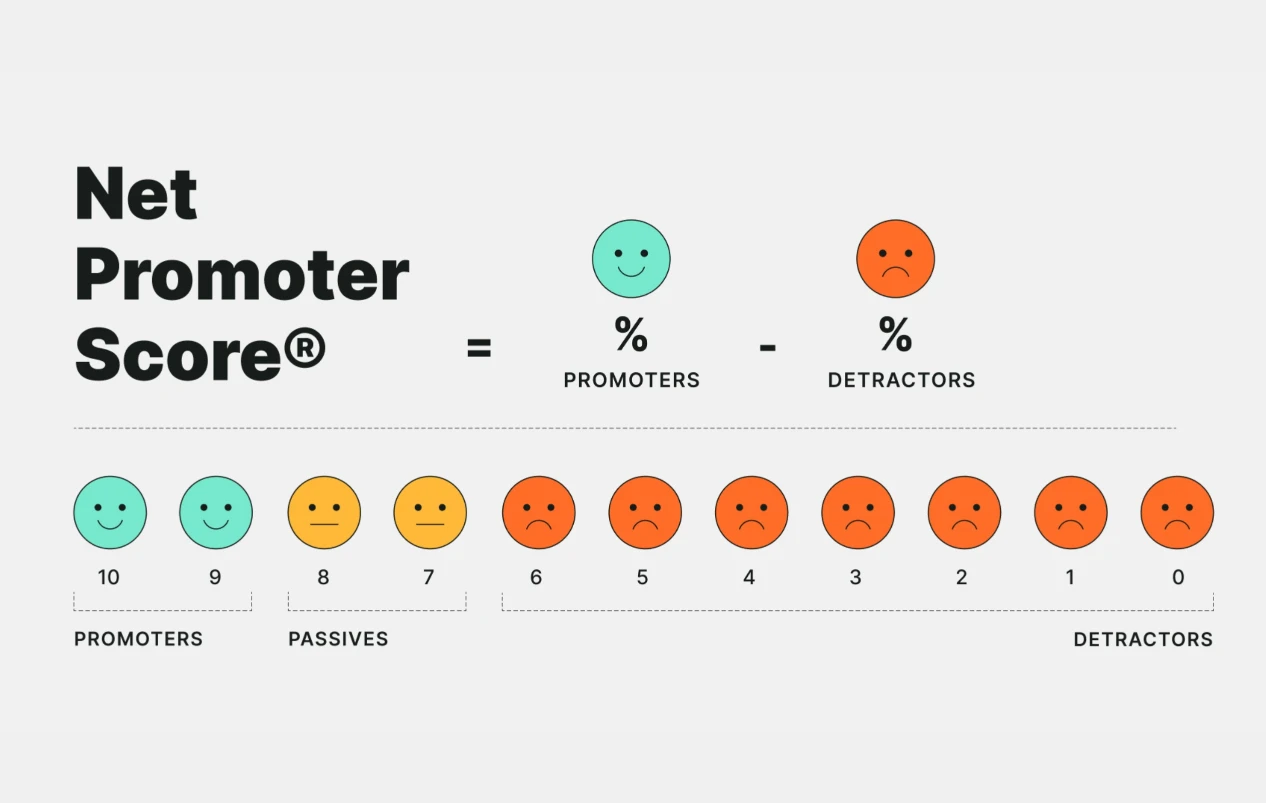
A measure of customer loyalty. NPS is calculated by asking customers how likely they are to recommend your brand or product to a friend or colleague. A high NPS score is a good indication that your customers are satisfied with your products or services.
Tools: Delighted and Promoter.io are popular for collecting and analyzing NPS.
19. Customer Lifetime Value (CLV)

The total amount of money that a customer is expected to spend with your brand over their lifetime. CLV is a good metric for measuring the long-term value of your customers.
Tools: Looker and Google Analytics can be set up to calculate and track CLV.
20. Churn Rate
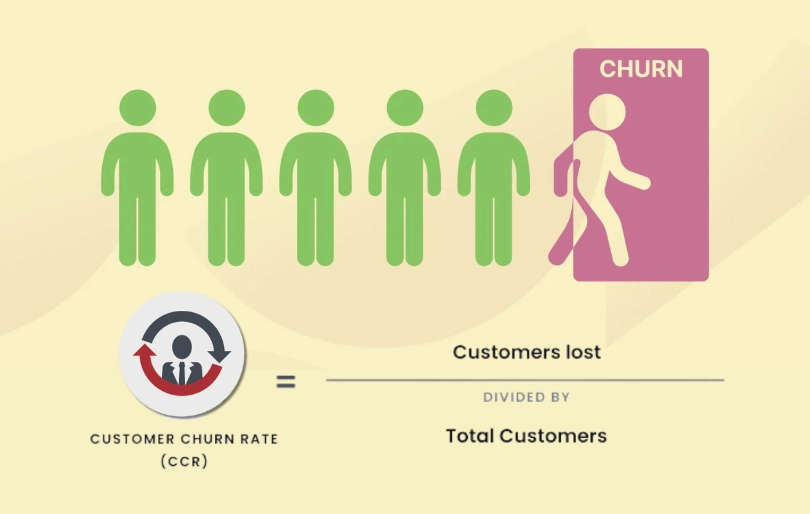
The percentage of customers who stop doing business with you over a period of time. The churn rate is a good metric for measuring the health of your customer base.
Tools: Baremetrics and ChartMogul are widely used for tracking churn rates in subscription-based businesses.
Conclusion
In wrapping up, it’s evident that the realm of social media marketing is vast and multifaceted. Grasping the full social media marketing definition requires a deep dive into its various metrics and understanding their implications. The true social media marketing meaning lies in its ability to foster genuine connections, drive engagement, and ultimately, achieve business goals. As metrics evolve and platforms introduce new features, staying updated becomes paramount. For businesses seeking guidance or looking to optimize their strategies, a free consultation for digital marketing can offer tailored solutions and insights, ensuring that their social media endeavors are both purposeful and impactful.
![Social Media Marketing Definition [Key Metrics]](https://adzeem.com/wp-content/uploads/2023/09/featured-image-1015x698.webp)